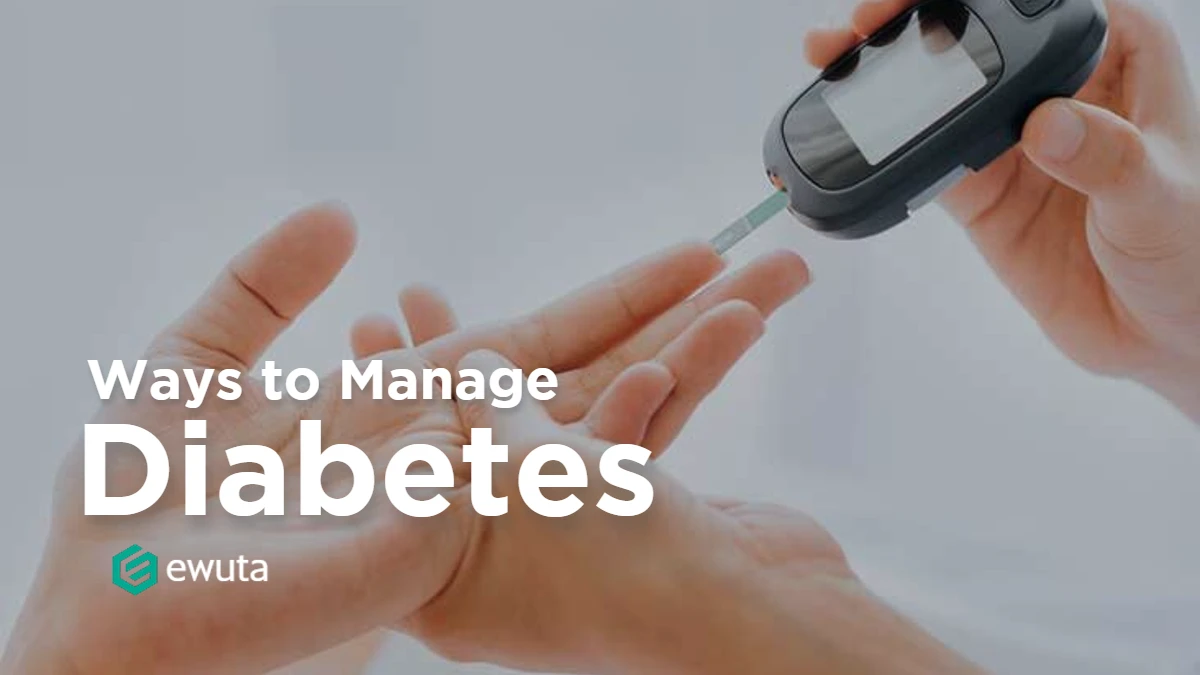As a health insurance company, you have a lot of information to process every single day. It can be tedious to continuously be organizing and rerouting certain data points. Processing one simple billing claim can take days or weeks even as the information passes through several different databases and analytics platforms.

Don’t you wish there was a simpler way? Well, here’s the thing—there is. Stop letting your data control your systems and struggle just to keep up. Instead, start utilizing data mining techniques to clean up your database, automate systems, and improve your company overall.
Ever since the expansion of digital platforms and business intelligence, software developers have been working diligently to keep up with all the data points coming into different companies. When it comes to your health plan company, you can use all the help you can get. Take advantage of data mining to help with overall knowledge discovery.
Chances are there are plenty of patterns and techniques you aren’t taking advantage of because you don’t know they exist. Harness your healthcare data and create a better experience overall for your team and your patients. Here are just four ways data mining can help improve your health coverage.
1. Get more streamlined data to provide customers.
People have a lot of different health plans they can choose from. It all depends on their employer, what providers they want to use, and the amount of coverage they need. The first thing individuals do when they’re looking for a health coverage vendor is compare prices and coverage amounts.
By data mining, you can develop all these points of your health insurance plan. Share information more easily as people compare your health cover to other organizations. Be more specific about different specialists and providers so all your clients’ questions can be answered in one place.
The best way to provide big data to interested parties is by first mining it yourself.
2. Uncover meaningful patterns and business insights.
No matter the business, data mining is all about establishing meaningful patterns and finding new business insights. Within the field of data science, mining practices are all about breaking down larger datasets. Starting with data cleansing and integration, you can process start to weed out repetitive information and see clearer pictures.
Next, data selection and transformation helps you see visualizations. Process large data sets into decision trees that will allow you to harness this raw data. The more you can find meaningful patterns in your healthcare operation, from treatments needed in a specific area to medication prices that continue to rise, the more you’ll be able to provide exactly what your customers need.
This helps you keep a competitive advantage over other health insurance funds.
3. Build machine learning and artificial intelligence algorithms.
The ultimate goal of data mining is to allow data preparation to happen on its own. For this to happen, you need to include machine learning algorithms that can process valuable information. When working properly, machine learning takes data points and organizes them into different groups automatically.
This can help you react and respond to customer behavior in real-time. Process a bill right away or give an answer to a client immediately with the help of these computer systems.
4. Practice predictive analytics to improve business practices.
Gain a competitive advantage by looking ahead and predicting problems before they even happen. Data mining embraces new ways to harness predictive analytics and understand those future trends.
Maintain systems and look for solutions so you can make your health insurance marketplace more successful. Instead of running out of solutions and treatment, use data analysis to stay one step ahead of any issues that may arise.



